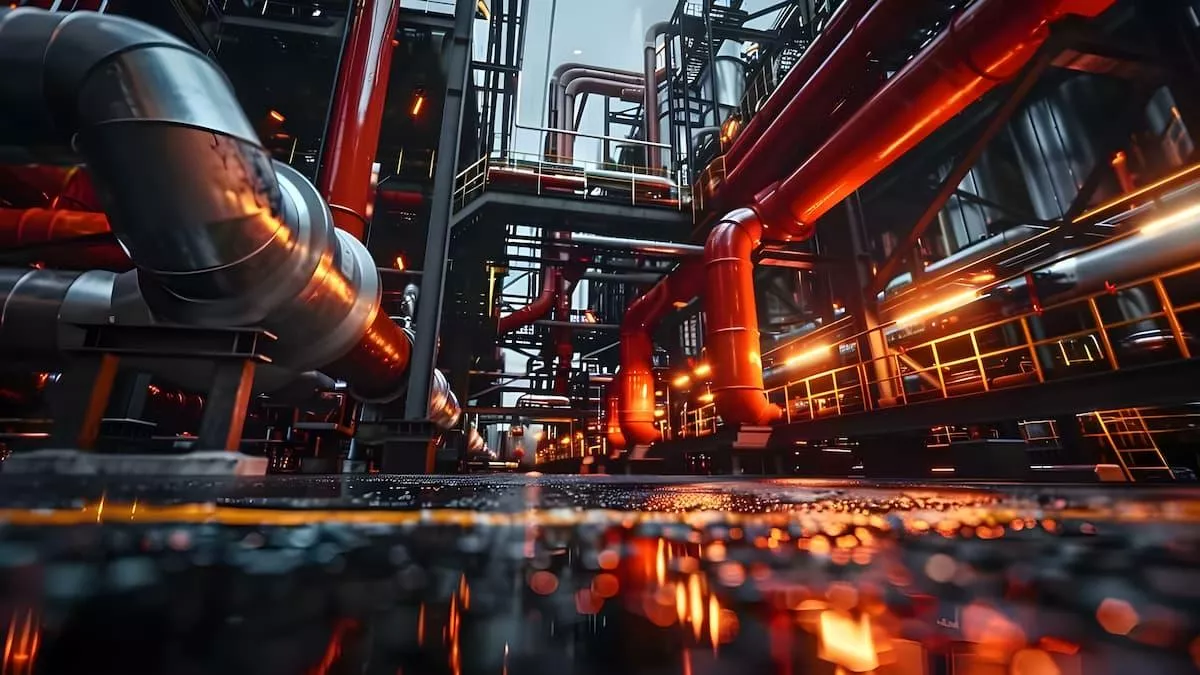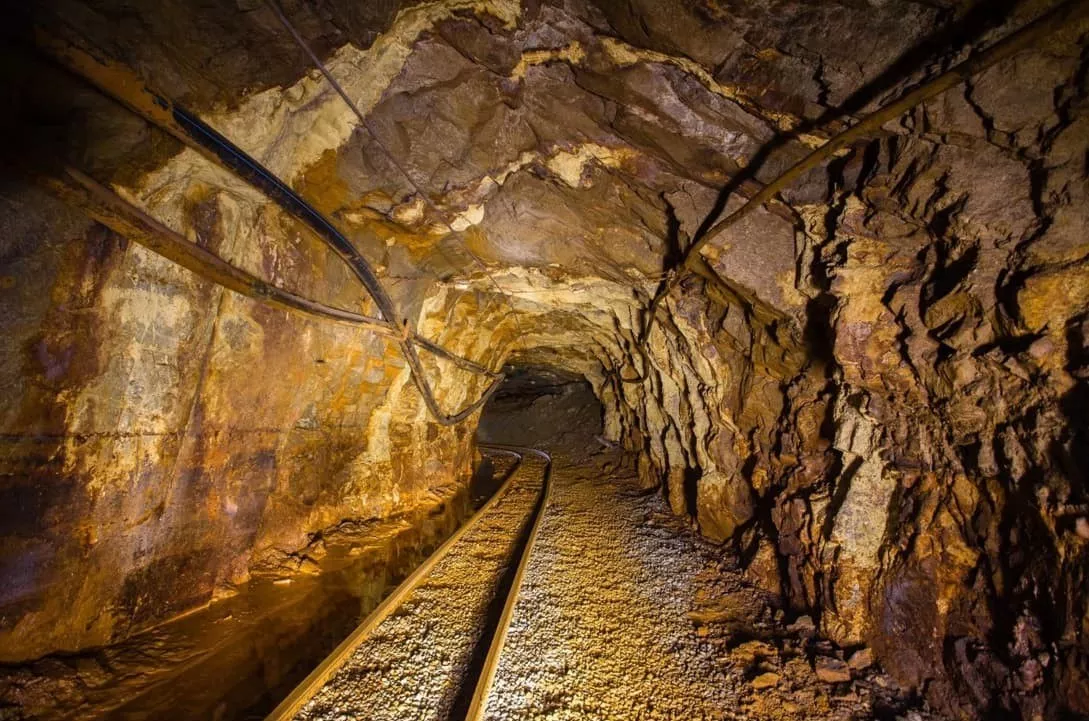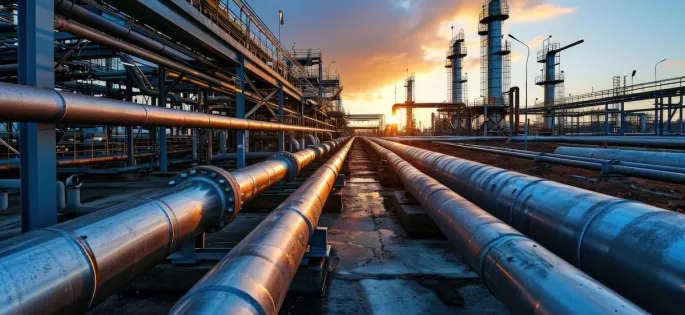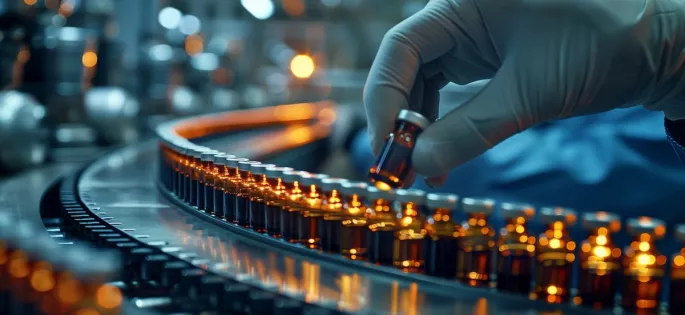One crucial concept that plays a significant role in hazardous environments is intrinsic safety. Intrinsic safety (IS) is a protection technique used to prevent explosions in hazardous areas by ensuring that the electrical and thermal energy present in the equipment is insufficient to ignite flammable gases or dust. This safety method involves designing electrical equipment and wiring in such a way that any possible sparks or heat are incapable of causing ignition. Intrinsically safe systems are systems with energy levels so low that they are unable to cause an explosion. The systems meet the stringent requirements of various industries. In this comprehensive guide, we delve into what intrinsic safety is, why it matters, and possibly show you some sensors that might help you to maintain safe operations.
Historic perspective and Firedamp
The concept of intrinsic safety came to life in the early 19th century in the mining industry. During this period in time, many accidents occurred due to sparks from electrical circuits used in mining lighting and signaling equipment. These explosions are the result of a mine gas called Firedamp, which consists primarily of methane. Since the mines had no ventilation whatsoever, the gasses were trapped in the shafts, made contact with sparks and then… boom. Mining explosions have caused many fatalities over the years. These underground explosions are far more fatal than above ground explosions due to them happening in a confined area, forcing the flames and debris through the underground passages. In order to reduce these tragic accidents, a form of electrical equipment that could not generate sparks to ignite the Firedamp had to be created. So, intrinsic safety was introduced.
Intrinsic safety in hazardous areas
Intrinsic safety is one of the only methods that can be applied in hazardous areas and is mostly used in measurement and control instruments like pressure sensors. Hazardous environments refer to any location with combustible materials, like gasses, fibers or dust, that are able to create an ignitable mixture. Hazardous areas can be sealed rooms filled with volatile material or an area that is open to normal foot traffic, such as the area around a gasoline pump.

Why intrinsic safety matters
- Protecting personnel and equipment: the primary objective of intrinsic safety is to safeguard human lives and prevent damage to equipment. By minimizing the risk of explosions, intrinsic safety helps maintain a secure working environment.
- Compliance with regulations: many industries, such as oil and gas, chemical processing, and mining, are subject to strict safety regulations. Implementing intrinsically safe solutions ensures compliance with standards set by organizations like the International Electrotechnical Commission (IEC) and the National Fire Protection Association (NFPA).
- Operational continuity: intrinsic safety minimizes the risk of accidents, leading to fewer interruptions in operations. This enhances productivity and reduces downtime, ultimately benefiting the bottom line.
When something is labelled intrinsically safe
For something to be labelled intrinsically safe, it must be designed to be incapable of producing heat or sparks sufficient to ignite an explosion. The IS, or intrinsically safe, protection works by limiting the energy available for ignition. This means that wires or a device alone cannot be labelled intrinsically safe, it must be employed in a proper designed IS system. These IS systems are provided with clear and detailed instructions to ensure safe implementation and maintenance. A sensor designed for application in a hazardous environment will be created so that it operates on low voltage and current. Plus, no large capacitors or inductors that could discharge in a spark will be included. The sensor will be connected, using approved wiring methods, back to the control panel which is situated in a non-hazardous area that contains safety barriers. These additional safety barriers make sure that no accidental contact occurs between the instrumentation circuit and the outside power sources. Only the approved voltage or current will be able to pass through.

How intrinsic safety works
In every application of the IS systems, certain principles must be followed. For example, intrinsically safe wiring must be separated from non-intrinsically safe wiring by an air space, a partition or a conduit. The wires must be clearly labelled to distinguish what wires are used for the hazardous area. In addition, wiring conduits or raceways must be sealed to prevent the transfer of hazardous atmosphere to the safe area. Intrinsic safety is achieved through careful control of electrical energy within devices.
-
Energy limitationCircuits are designed to operate at energy levels below those that could cause ignition. This involves using components like resistors, capacitors, and zener diodes to control the energy flow.
-
EncapsulationComponents that could generate sparks are encapsulated or isolated to prevent them from coming into contact with hazardous atmospheres.
-
Redundant safety barriersIntrinsically safe systems often incorporate multiple safety barriers to ensure that even if one barrier fails, the system remains safe.
Zone 0 of the IEC Classification system for hazardous environments
There are several agencies that develop standards for IS and evaluate if products meet these standards. These agencies are mostly run by governments, composed members of insurance companies, manufacturers or industries that have interests in safety standards. Certifying agencies allow manufacturers or resellers to show them their product in order to get a certification, if the product is in compliance with the safety standards. The European standard for intrinsic safety is the ATEX directive. In many other countries, the IECEx standards are used for certification. Luckily, these standards agencies do harmonize their activity to ensure that manufactured IS equipment from one country can eventually be approved in another one without expensive testing and documentation. The most important advantage of IS systems is that it is the only method that is allowed to be used under Zone 0 of the IEC Classification system for hazardous environments. Zone 0 indicates an area where there is a continuous presence of ignitable concentrations of flammable gasses or vapors. Other methods of protection, like explosion proof (Exd), cannot be used in Zone 0.
Applications of intrinsically safe products
Intrinsic safety is vital across various industries where explosive atmospheres may be present.Some key applications include:
- Oil and gas: monitoring pressure, temperature, and flow in pipelines and refineries.
- Chemical processing: ensuring safe measurement and control in the presence of volatile chemicals.
- Mining: protecting sensors and control systems used in underground operations.
- Pharmaceuticals: maintaining safety in environments where flammable solvents are used.
Intrinsically safe sensors

Intrinsically safe pressure sensors

Intrinsically safe load cells

Intrinsically safe position sensors

Intrinsically safe inductive rotary sensors
How Althen helps you
Althen Sensors & Controls specializes in providing solutions that meet intrinsic safety standards. Our extensive range of products includes sensors designed with intrinsic safety in mind. Here’s how we stand out: These sensors are rigorously tested and certified to comply with international intrinsic safety standards, ensuring reliable performance in hazardous environments. Our team works closely with clients to develop customized solutions that address specific safety challenges. From initial consultation to installation and maintenance, our experts provide comprehensive support to ensure seamless integration of intrinsically safe equipment into your operations.
The dominant protection method
In conclusion, intrinsically safe systems are the safest, most affordable and easiest-to-install method of protection available. This method makes sure explosion cannot occur due the low energy requirements. This is why intrinsic safety is becoming the new dominant protection method.



